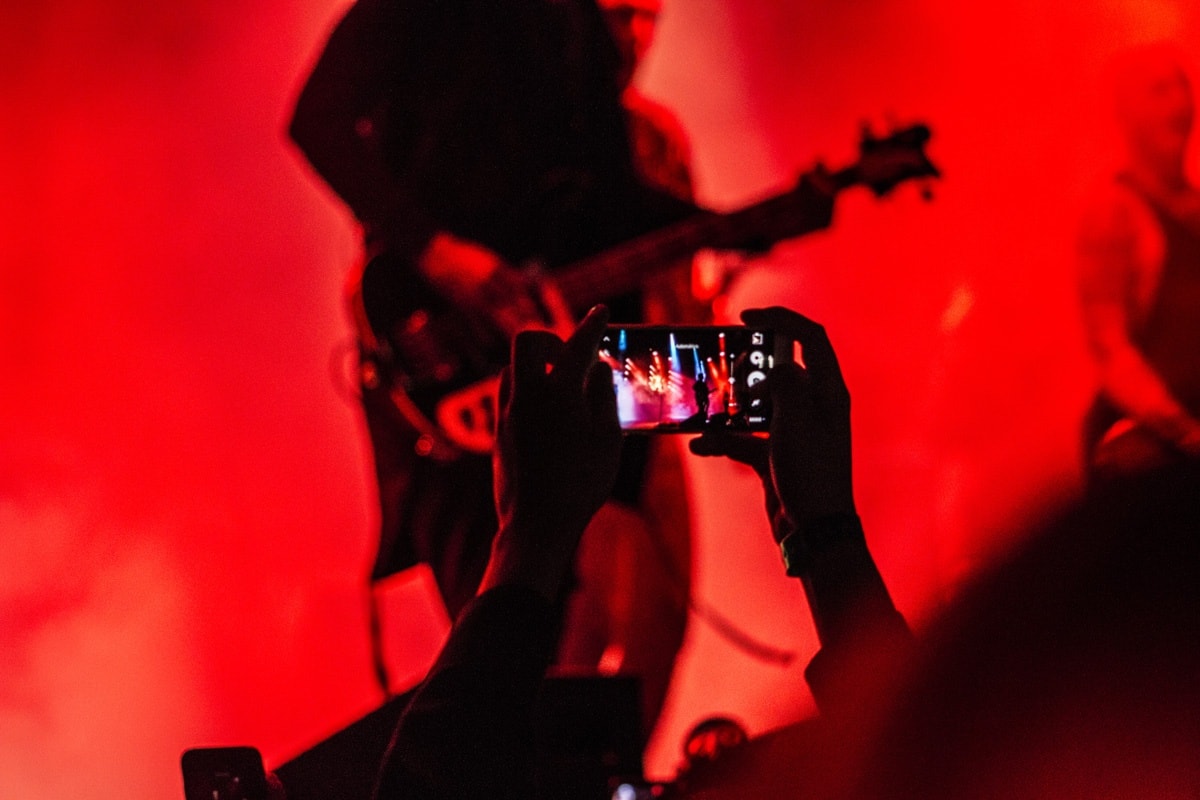In our world of digital connectedness, almost nothing is isolated anymore. Global and local happenings are broadcast across the internet, namely on social media. In the B2B social media world, this means that companies should be engaging with and keeping their audiences up to date when they attend trade shows, conferences and industry events.
Leveraging your presence at one of these events for the best ROI means thinking beyond the show floor. You need a strategy for sharing events with social audiences, including your own followers and event attendees. Those who couldn’t attend the event but are still interested following along make up a third audience. Developing a well-rounded approach to an event means including social sharing in your playbook. Here’s what we recommend when it comes to building your social media strategy for events.
Before the Event
First thing’s first—you need to pick where you’ll be sharing your experiences. The big picture answer is social media. But more specifically, which channels? Consider the following when choosing which channels are most appropriate:
- Where do those attending (and those not attending but following along) engage with companies?
- Are there LinkedIn Groups or Showcase Pages related to the event? Would it be effective to create one?
- Is there a hashtag in use? Where is it being used: Twitter, Facebook and/or Instagram?
- Is there a Twitter account for the event in use? What about a Facebook page or event?
Another question to ask before the event begins is standard when developing any type of strategy: What do you want to achieve? What are your social goals for this event? Give these KPIs a thought when deciding how you’ll demonstrate success:
- Message reach and/or amplification
- Attendee engagement with social posts
- Stronger relationships with speakers, sponsors, partners, etc.
Now you have two of the most important decisions made, but there’s more to consider when building a social strategy for an event. Don’t forget to iron out these details:
- For larger conferences, social advertising allows you to target exactly whom you want to talk to at the event with a custom message beforehand. That way, they’ll know to seek you out when they arrive.
- Make sure sharing efforts are coordinated throughout the event. A point person can own or approve all posts in order to avoid repetition, or individuals can be assigned specific channels or topics so your social audience isn’t receiving the same message over and over.
- Provide posts for employees (both those attending and not attending) and encourage them to share from their own professional networks in order to amplify your company’s message and drive more traffic to your channels.
During the Event
You’ve made it to the event and things are in full swing. Everyone is moving a million miles a minute, but don’t panic! You can execute successful social outreach by keeping just a few things in mind:
- Remember to update your chosen channels the appropriate amount of times. If you’re sharing on Facebook or LinkdeIn, no more than two or three posts a day will do the trick. For Twitter, the sky’s the limit since the lifespan of a tweet is only 18 minutes. Live tweets are meaningful in sessions and keynotes, with more updates in between.
- Take clear photos to share. Images on social tend to garner high engagement levels, so make sure you get quality shots that will resonate with your followers.
- Don’t forget to engage stakeholders. Interact with other conference attendees via the event hashtag, share quotes, and make sure to show your sponsors some love, too.
After the Event
This is when you might be tempted to take a deep breath, prop your feet up and pour yourself a relaxing glass of wine. But wait! Don’t just fall off a social cliff once the event is over. Follow these suggestions to finish on a high note:
- Get more content mileage. Share event recaps on your company blog, wrapping some of your most popular social posts into them.
- Keep building relationships. Don’t just stop talking to everyone you interacted with on social. Follow relevant Twitter users and continue curating content from influencers, speakers and sponsors.
- Analyze the results. Review what worked and what didn’t so you can hone your strategy before heading to your next event.
With this checklist in hand, you’ll be a social pro at upcoming trade shows, conferences and other industry events. Cheers and happy sharing!

 4 min read
4 min read





 3 min read
3 min read

